Picking a sleeping bag is not all that difficult once you get a grasp on your personal comfort level. There are numerous companies out there making sleeping bags, and some are better than others, but I'm not telling you this to sway you toward a certain company or to coax you into buying more than you need. I am hoping to help you along a little bit with some of the most popular questions about one of the most intimidating pieces of camping gear to buy.
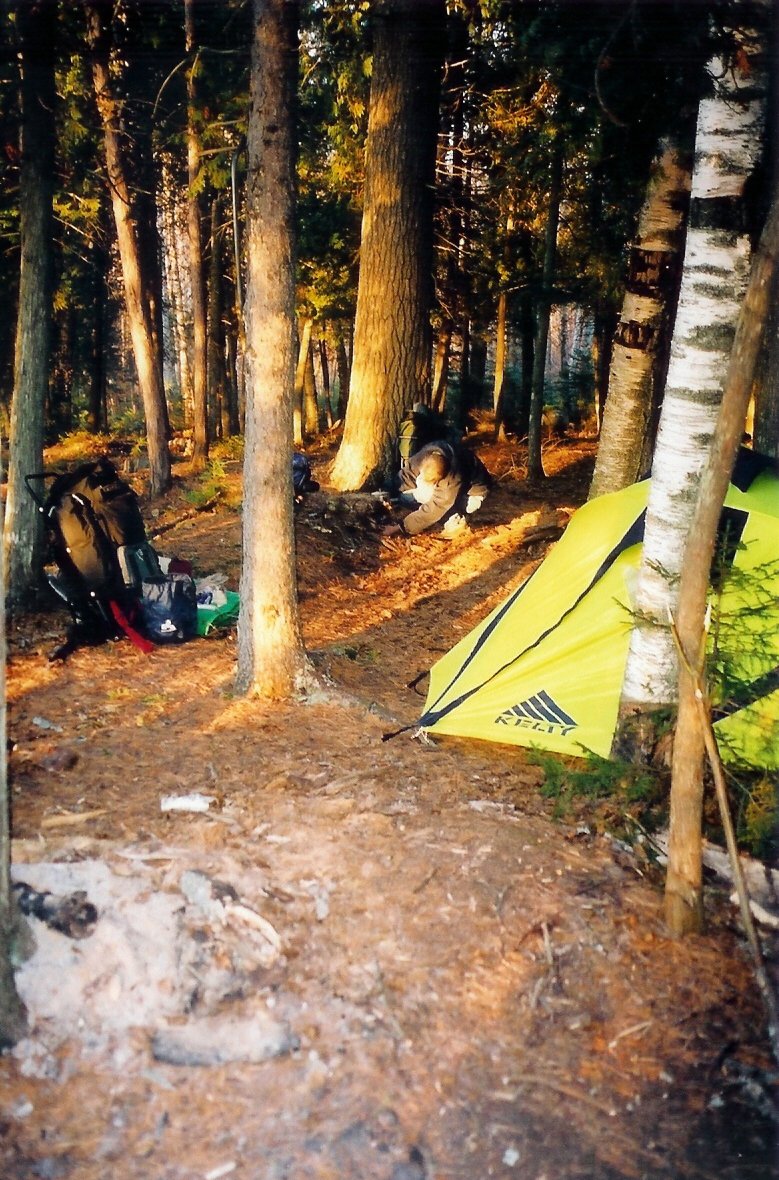
sleeping bag SIZES
A sleeping bag needs to fit you. When you refer to size, you are simply referring to length and not girth, but that can be an issue too. I'll address that later. As far as length is concerned there are regular, long, and children's sleeping bags. The regular size can typically be used for someone up to 6 feet tall.
Anyone 6 feet or taller should go with a long. If you get a sleeping bag that's too short, you won't have adequate coverage and you'll be too cramped. You need a bit of open air in the sleeping bag to circulate heat. A sleeping bag that's too long puts too much empty space at your feet, making it harder to warm the void space and keep your feet warm. So take one off of the rack and get in it, in the store. They don't mind, I assure you.
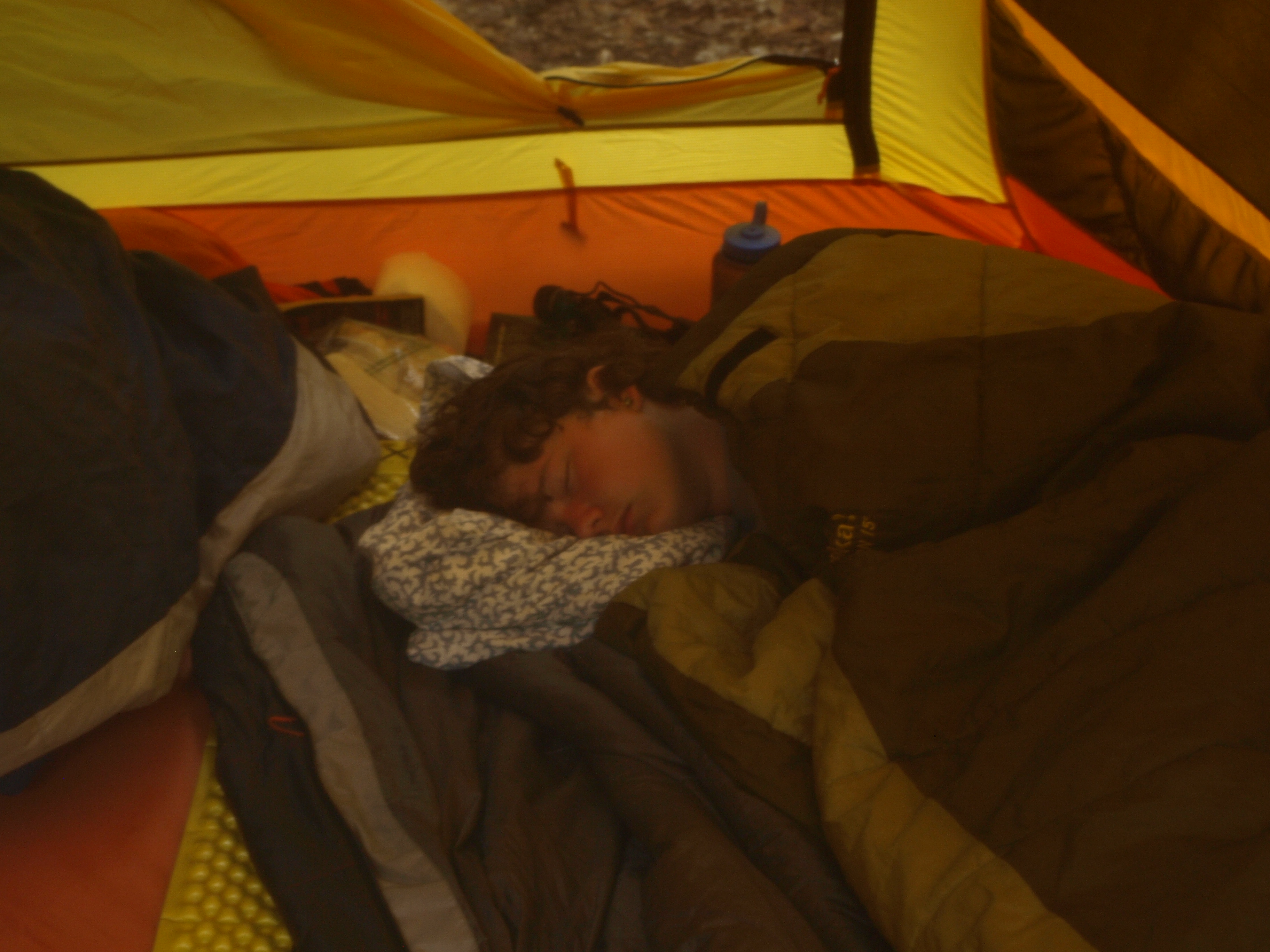
What shape sleeping bag should I think about getting?
This is more of a preference question. A mummy-style bag is much more form fitting when you get in it. This fit makes it tough for larger users with wide shoulders to get comfortable. If you toss and turn in your sleep, maybe a mummy bag isn't the way to go since you won't be able to turn in the sleeping bag. The sleeping bag turns with you. A mummy bag is typically a warmer sleeping bag even with the same rating because it heats up faster due to less dead space, and those pesky cold spots are almost non-existent.
A rectangular bag is just that, a rectangle. These are very comfortable but usually have a bunch of dead space around your legs and feet. They take longer to warm up and cold spots happen frequently. If you are a bigger user this option can be the ticket — there's a ton of shoulder space and you can easily toss and turn within the sleeping bag.
They also make what I refer to as a hybrid bag. These sit somewhere in the middle, with a wider shoulder than a mummy and a narrower foot than a full rectangle.
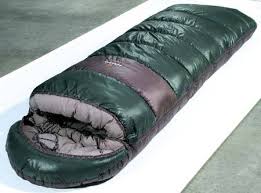
Are there women-specific bags?
Yes, some companies do make them. A woman's bag has a bit more room in the hips and extra insulation in key areas like the feet. For example, women's feet tend to have poorer circulation than men, so designers accommodate for that. Women's sleeping bags are typically just one length, which can pose a problem for taller ladies. If ladies need a bag and don't want to use one that's ladies specific, refer to the regular and tall fit of a unisex bag.
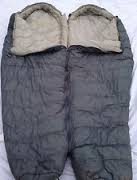
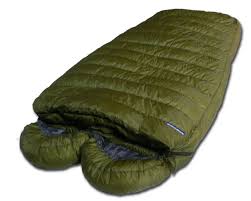
Do I buy a left or a right zip?
This is a simple preference, really. Some say a left-handed person likes a right zip so they can reach across their body to work the zipper better, and vice versa. Just try it out. Also, keep the next question in mind while you are deciding.
My wife and I like to camp together, and we miss being close to one another. what can we do?
First off, body heat is amazing, and nothing will heat up a sleeping bag better than two people. Many sleeping bags come with a left or right zip option. This option is not only a preference or a dexterity thing, but it can also be for mating the sleeping bags. A left and a right zip will often zip together, forming one large sleeping bag for two. Not all zippers will accommodate this feature, so check for compatibility before you buy. Even with a cold spot in the center where they zip together, it's a great feature.
There are also companies that make a two-person sleeping bag, which is nice for car camping, but you don't want to have to carry these beasts into the backcountry.
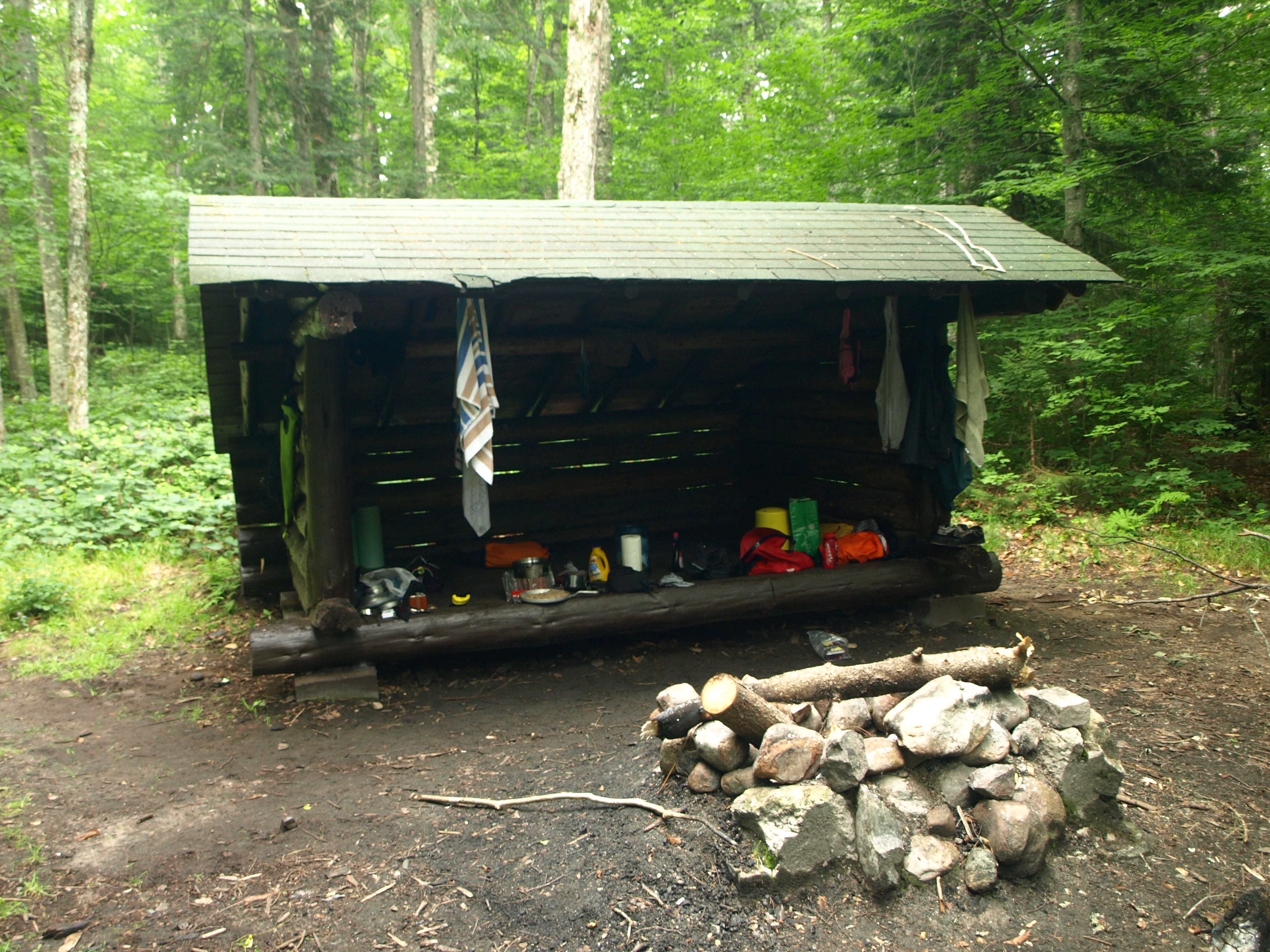
What temperature rating should I go with?
This depends greatly on the user, and if you are a warm or cold sleeper. The answer to this question can help in your decision. You might be able to adjust by 5 to 10 degrees in one direction or the other depending on your previous experience, or even how you sleep in your home. You also need to think about the time of year, weather forecast, and the region you will be in. For the Adirondacks and the High Peaks, it's not outlandish for the summer temperatures to drop into the 30s at night. But if you are camping in the lowlands or valley, you can get away with something different.
You may need more than one bag at some point in your backpacking career. I use a 40-degree bag for nights I know will be very warm or if I am staying in the foothills. If I camp in the High Peaks I usually bring my 30-degree bag. A 0- to 20-degree bag is great for the fall season, where frost is frequent and snow is not unheard of. I have a negative 40-degree bag for winter camping. I will also add that I am a cold sleeper.
Another thing to think about is whether you're staying in a tent, hammock, or lean-to. A tent traps heat and gives you air temperatures that are nearly 10 degrees warmer. Will there be someone else in the tent with you? This also helps with body heat.
You also have the option of a sleeping bag liner. Liners can add up to 25 degrees of warmth potential to your current sleeping bag. This opens up the option to get a warm weather sleeping bag and use the liner as needed. That cuts down on costs, and the liner can be used as a standalone on those hot and humid summer nights.
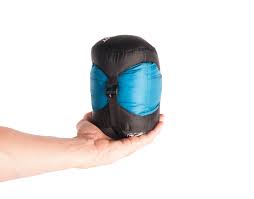
What kind of fill should I get?
This is a huge question, and a very important one. First off, consider down. It's light and compact. Unfortunately, if you get it wet you will lose all of your warmth, and the bag will become nearly useless in keeping you warm to its manufactured rating. Down works great if you plan to be in dryer areas without the fear of heavy rains. It needs to be in a waterproof bag, no exceptions. Protect your investment. If it gets wet in your pack from a freak rainstorm, or if your water bottle leaks, you can be in trouble. Down fill bags works great for winter camping where drier climates are more likely.
Synthetic fill sleeping bags are heavier and much bulkier. However, when wet they will keep you warm without losing much value. Because of its heavy fill and size, most backpackers going on long journeys will opt for down.
Do you get what you pay for?
Not always. I have a $100 bag that I swear is as nice as my $300 bag, with similar features. But as far as quality and durability, it's been bomb proof. You will pay more for a down bag than a synthetic bag, sometimes as much as three times for the same features depending on the quality of the down. A 600 fill down bag will cost you less than an 800 fill down bag, based on the quality of the down. The warmer the bag, the more you will pay based on the amount of material you get. Long bags are also more expensive, by about $10 to $20.
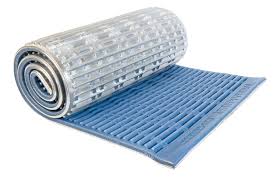
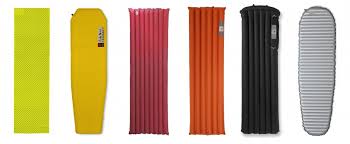
What about sleeping pads?
This is a totally different piece of equipment, but it's an important one for your sleeping comfort. There are two types of pads: closed cell and open cell.
- A less expensive, closed cell pad is a foam pad that is bulky but easy to use. You can unfold them or unroll them, and they give you some added warmth, but they do not offer much in the way of added cushion and comfort.
- An open cell pad is an inflatable pad. These roll up, sometimes nice and tight. The downfall is you need to blow them up and they are generally much heavier to carry. They can also get holes in them and deflate during the night. These pads add warmth and comfort depending on the thicknesses, and as you can imagine the thicker the pad the warmer and more comfortable it will be. It'll also be heavier and bulkier. Some open cell pads have foam insulation inside them or loose down to add insulation value. Inflatable pads have an R-rating for warmth; the higher the number the warmer they rate and the more they cost. More questions? Seek out a local outdoor retailer.
- Also consider a pillow, even a small one. You can also use rolled up clothes and use the hood of certain bags to keep them in place.
I have never camped before, where do I start?
Do some shopping around. Get in a bag. Do research online and checkout feedback forums. Rent before you buy to try out a couple of different styles and brands. Contact a local guide service for details on an introduction to backpacking course.






